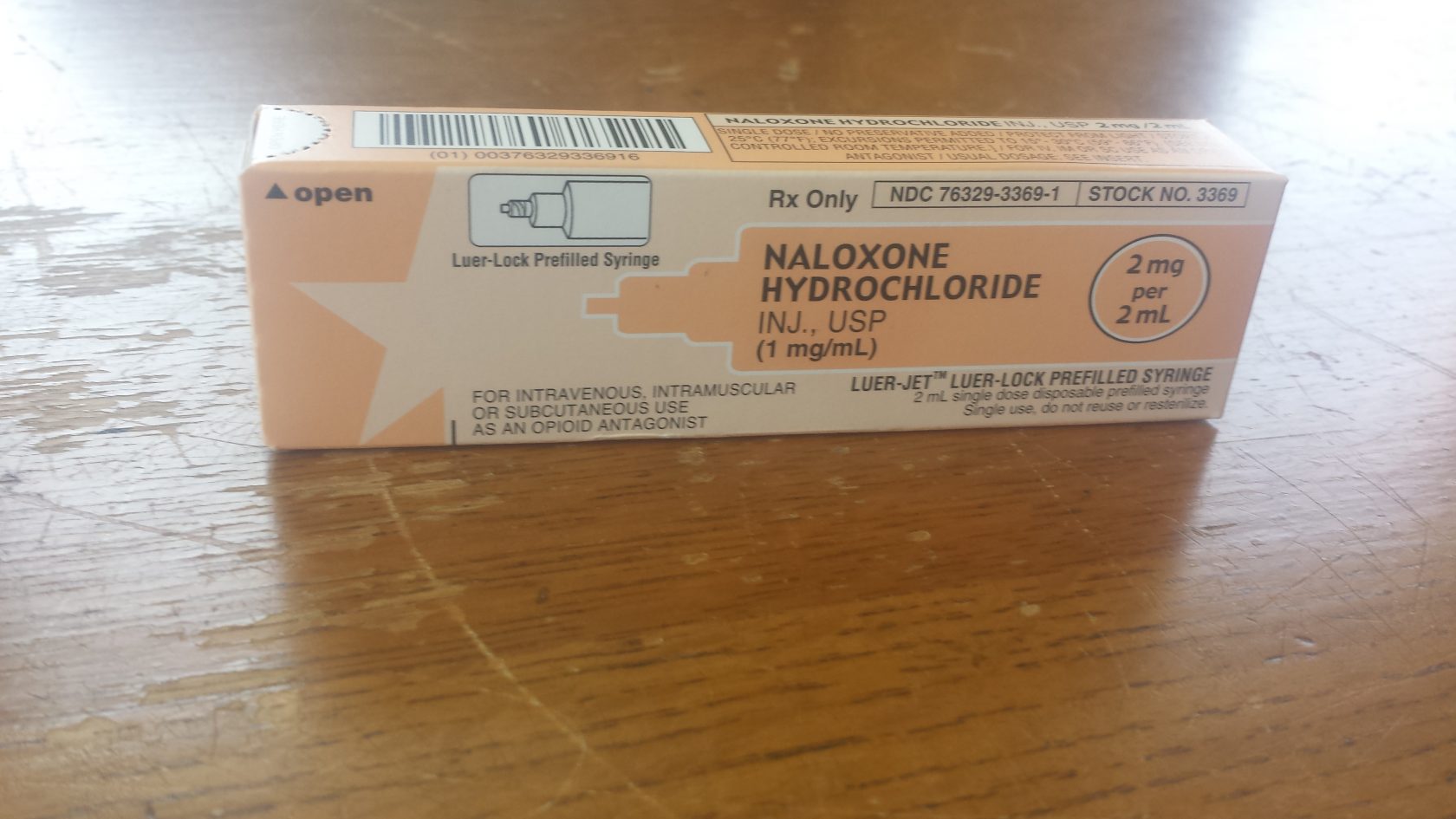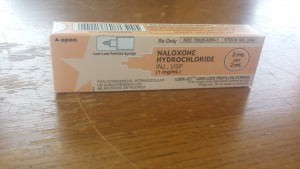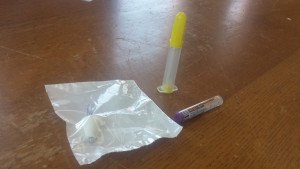WESTFIELD—As opiates continue to wreak havoc on Westfield and neighboring communities, the city’s Drug Task Force is attempting to bring knowledge and preparedness to residents.
The Drug Task Force (DTF), along with Tapestry Health, is having an event at the Westfield Food Festival today, from 6-8 p.m., to help educate people about Narcan, generically known as naloxone, the drug used to reverse opiate overdoses. The event is informal and designed to allow people to come by and learn about naloxone in a brief period of time, while also asking questions and learning how to use a version of the drug in the case of an emergency.
The event will take place at the downtown community police center on Elm Street.
“This Narcan event is really the first kind of public training session, where the public can come in and access information and hands-on training for using Narcan,” Kathy Sitler, coordinator of DTF, said.
This event is the latest in the outreach from the Task Force, which was created in February after a spate of overdoses took the city by surprise.
“It was quite an awakening that the use of heroin and overdoses were taking place,” Sitler said about the origins of DTF. “It was very eye opening to members of this community.
“It’s not something people were talking about on a daily basis, and there are people who are suffering in silence for fear of being labeled,” she added.
Sitler said that she hopes this event and the other outreach projects the group has done will help to shake the stigma of drug addiction in the city and promote those who need to get help, while also increasing awareness of those in the community.
The Westfield Fire Department will be providing paramedics for the event to show how to administer naloxone, in addition to the Tapestry Health employees on hand. Also, members of Learn to Cope will be there in case individuals or families need assistance with any addiction issues or want more information for treatment.
Naloxone is known as an opiate antagonist, which means that it competes with opiate drugs like heroin, oxycodone or morphine to bind with opiate receptors in the brain. Once it binds to them however, it does not cause a reaction in the receptors like other drugs, such as respiratory or mental depression. It is also a competitive antagonist, which means that it has a generally higher infinity to the opiate receptors than most other narcotics.
The presentation of naloxone that will be used will be the same kind that people can get over-the-counter at local pharmacies, such as CVS and Walgreens.
The drug is in a vial that has a top that you can pop off with a thumb. This end goes into a port that has a needle inside of it that–once screwed in–punctures the vial and makes the medication accessible. After the vial and port are assembled, a separate piece called a nasal atomizer–which works by dispersing the medication in mucosal membranes that absorb the drug–is attached to the open end of the port by screwing it on. Then, the atomizer is placed into the nostril of the person receiving the medication and is injected by pushing onto the other end, spraying the liquid into the nasal cavity.
The need for the education and use of naloxone in a non-hospital setting has become crucial, as reports of overdoses have increased over the past year.
“There’s been a natural tendency to opioid overdoses,” Dr. Murdoc Khaleghi, emergency room physician at Baystate Noble Hospital, said. “But also, there has been an increasing tendency of opioids that are mixed with higher potency opiates that can give a stronger high, but also respiratory depression which is why people die.”
Khaleghi said that those who receive naloxone should go to the hospital, since the medication has an effectiveness of 30 to 80 minutes, with an average of 64 minutes for an adult. Afterward, symptoms of an opiate overdose may re-occur, needing emergency attention.




